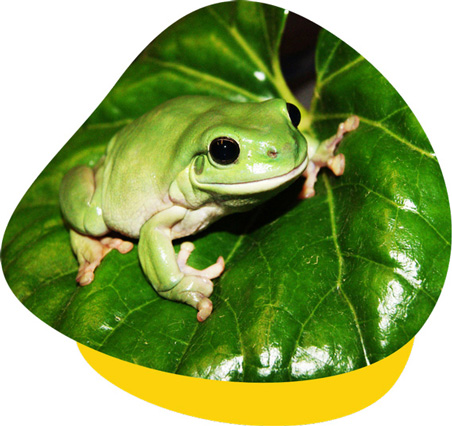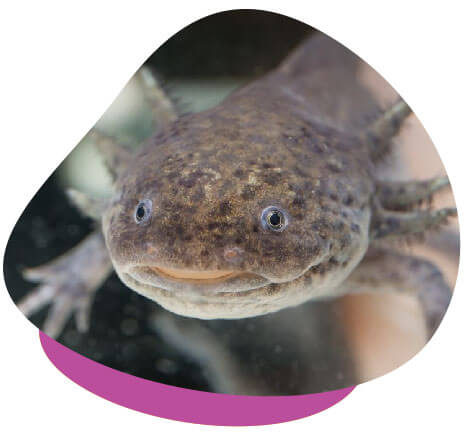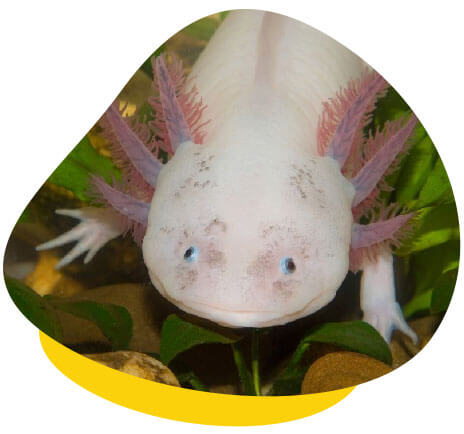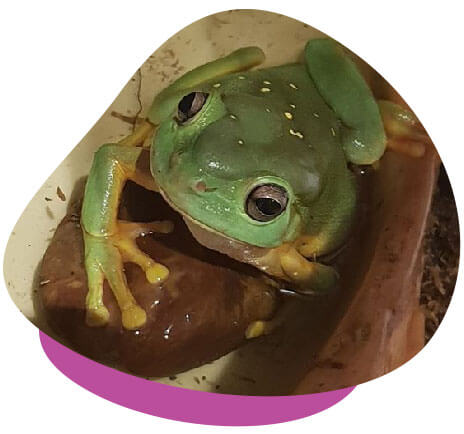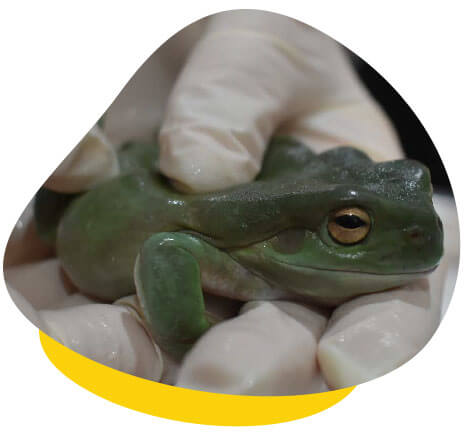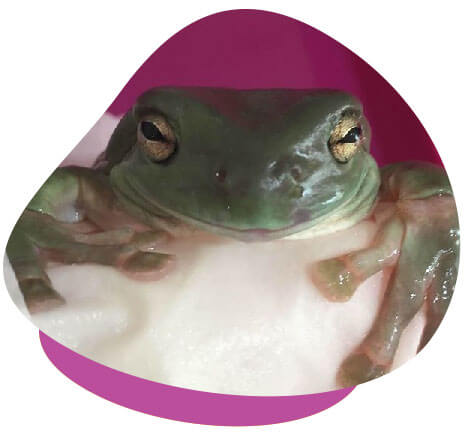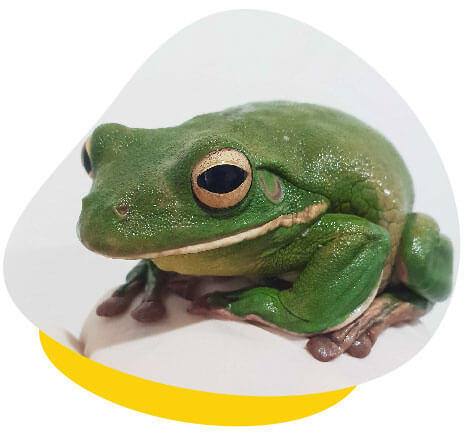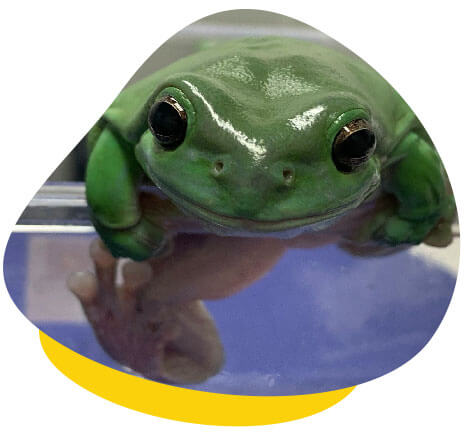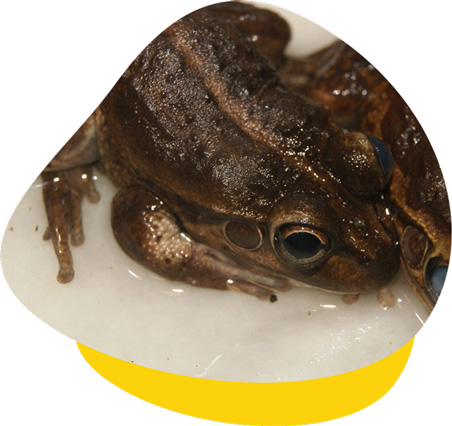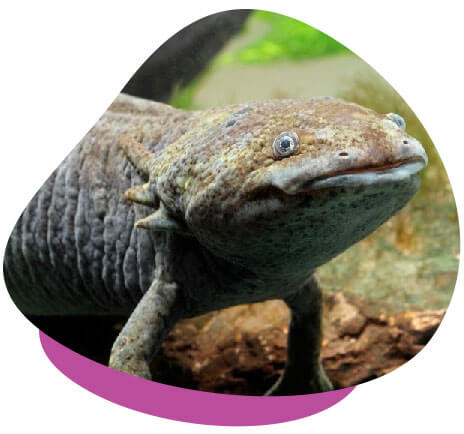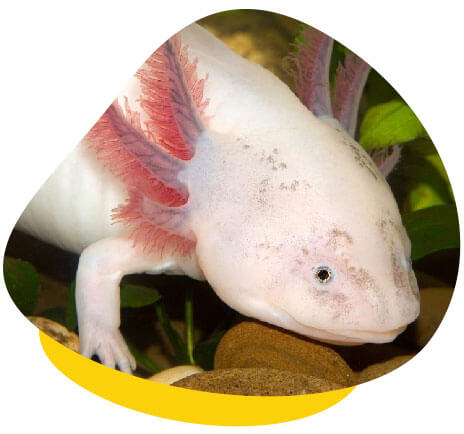An essential part of keeping frogs is understanding their dietary requirements. Both adults and juveniles are insectivores and eat a range of live insects in the wild. Appropriate insects include crickets, cockroaches, earthworms, silkworms, slugs, moths, mealworms and wax worms.
Care must be taken with mealworms and wax worm portions, however, as these insects are very high in fat and overfeeding can lead to significant health problems.
Most insects should be treated with calcium via gut-loading and/or dusting prior to being fed. This is to prevent against nutritional diseases such as metabolic bone disease which results from chronically low calcium diets. This condition is very common in captive frogs.
Feeding of rodents and mince meats should generally be avoided in tree frogs (or only given occasionally), as these animals cope poorly with high protein diets and can develop kidney disease.
